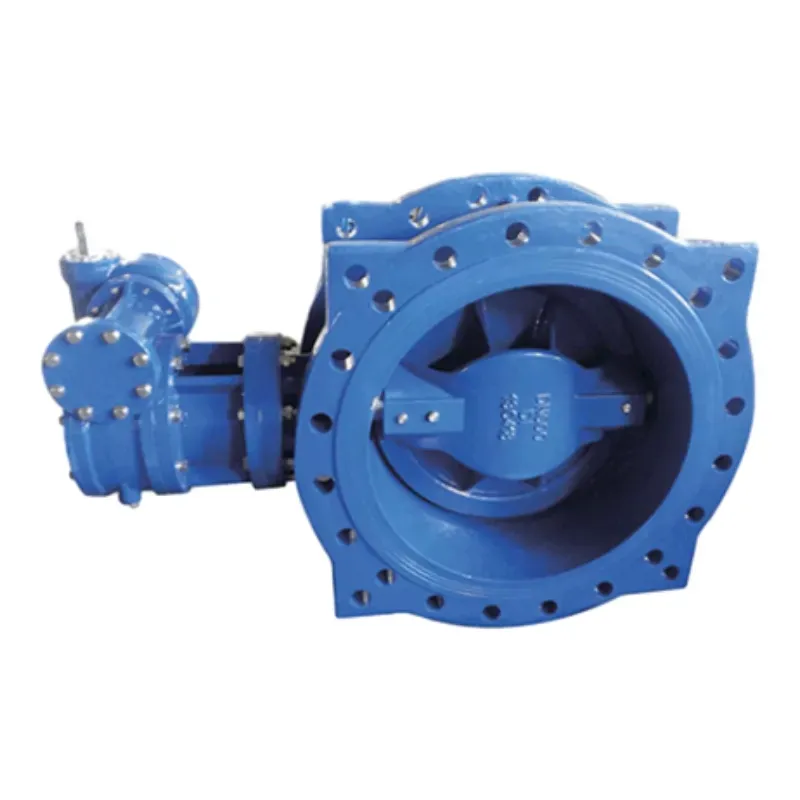Ноя . 18, 2024 11:05 Back to list
Understanding the Functionality and Applications of 3 Way Ball Valves in Fluid Control Systems
Understanding the 3-Way Ball Valve A Key Component in Modern Systems
In the realm of fluid control and management, valves play an integral role in regulating the flow of liquids and gases. Among various types of valves, the 3-way ball valve stands out for its versatility and efficiency. This article delves into the functionalities, applications, and advantages of the 3-way ball valve.
What is a 3-Way Ball Valve?
A 3-way ball valve is a type of valve that features three ports and a spherical disc, known as a ball, that serves as the regulating mechanism. The design allows for the flow of fluids in multiple directions, making it ideal for mixing or diverting applications. Typically, the ports are configured as two inlet and one outlet, or one inlet and two outlets, thus facilitating a wide range of functionalities in industrial settings.
How Does it Work?
The operation of a 3-way ball valve is straightforward. When the handle is turned, the ball rotates within the valve body, aligning the holes in the ball with the ports. This adjustment either allows fluid to flow from one port to another or blocks it entirely. Consequently, this design enables the valve to effectively control the flow direction and volume of fluids in a piping system.
Applications of 3-Way Ball Valves
3-way ball valves are widely used in various industries including
1. Oil and Gas In the oil and gas sector, these valves aid in directing the flow of crude oil, natural gas, and other petrochemicals through pipelines, ensuring efficient and safe operations. 2. Water Treatment They are utilized in water treatment facilities to manage the distribution of water between different processing units, significantly improving workflow efficiency.
3. HVAC Systems In heating, ventilation, and air conditioning systems, 3-way ball valves control the flow of coolant or heating fluids, helping maintain optimal temperature settings.
3 way ball valve

4. Chemical Processing The chemical industry relies on these valves for mixing different chemicals, allowing for precise control over the supply and composition of reactants.
Advantages of 3-Way Ball Valves
The benefits of employing 3-way ball valves are plenty
- Versatility Their ability to either mix or divert flow makes them suitable for a range of applications. - Compact Design Compared to other types of valves, 3-way ball valves occupy less space while providing efficient flow control.
- Durability Made from high-quality materials and often featuring a seal, these valves are designed to withstand high pressures and harsh environments, ensuring longevity.
- Ease of Operation Their straightforward mechanism allows for quick adjustments, facilitating easy integration into existing systems.
- Minimal Pressure Drop The unobstructed flow path through a ball valve leads to lower pressure drops, enhancing overall system efficiency.
Conclusion
The 3-way ball valve is an essential component in the fluid control landscape. Its ability to handle multiple flow paths and its robust construction make it an ideal choice for various industrial applications. As technology advances, the design and capabilities of 3-way ball valves continue to evolve, cementing their role as a staple in the effective management of fluid systems. Understanding their functionality not only aids in selection and installation but also ensures optimum performance in demanding operational environments.
Share